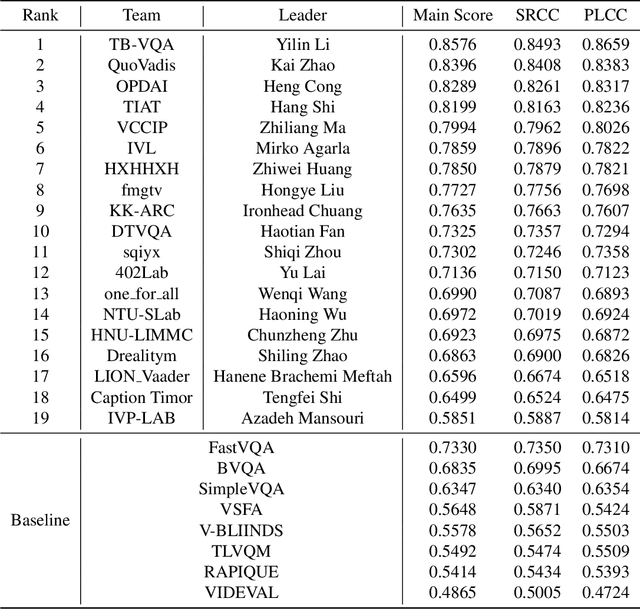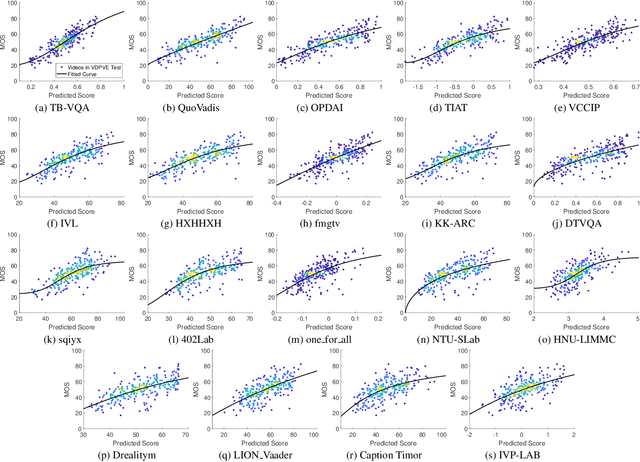Shuming Hu
MLLM-as-a-Judge for Image Safety without Human Labeling
Dec 31, 2024



Abstract:Image content safety has become a significant challenge with the rise of visual media on online platforms. Meanwhile, in the age of AI-generated content (AIGC), many image generation models are capable of producing harmful content, such as images containing sexual or violent material. Thus, it becomes crucial to identify such unsafe images based on established safety rules. Pre-trained Multimodal Large Language Models (MLLMs) offer potential in this regard, given their strong pattern recognition abilities. Existing approaches typically fine-tune MLLMs with human-labeled datasets, which however brings a series of drawbacks. First, relying on human annotators to label data following intricate and detailed guidelines is both expensive and labor-intensive. Furthermore, users of safety judgment systems may need to frequently update safety rules, making fine-tuning on human-based annotation more challenging. This raises the research question: Can we detect unsafe images by querying MLLMs in a zero-shot setting using a predefined safety constitution (a set of safety rules)? Our research showed that simply querying pre-trained MLLMs does not yield satisfactory results. This lack of effectiveness stems from factors such as the subjectivity of safety rules, the complexity of lengthy constitutions, and the inherent biases in the models. To address these challenges, we propose a MLLM-based method includes objectifying safety rules, assessing the relevance between rules and images, making quick judgments based on debiased token probabilities with logically complete yet simplified precondition chains for safety rules, and conducting more in-depth reasoning with cascaded chain-of-thought processes if necessary. Experiment results demonstrate that our method is highly effective for zero-shot image safety judgment tasks.
Class-RAG: Content Moderation with Retrieval Augmented Generation
Oct 18, 2024



Abstract:Robust content moderation classifiers are essential for the safety of Generative AI systems. Content moderation, or safety classification, is notoriously ambiguous: differences between safe and unsafe inputs are often extremely subtle, making it difficult for classifiers (and indeed, even humans) to properly distinguish violating vs. benign samples without further context or explanation. Furthermore, as these technologies are deployed across various applications and audiences, scaling risk discovery and mitigation through continuous model fine-tuning becomes increasingly challenging and costly. To address these challenges, we propose a Classification approach employing Retrieval-Augmented Generation (Class-RAG). Class-RAG extends the capability of its base LLM through access to a retrieval library which can be dynamically updated to enable semantic hotfixing for immediate, flexible risk mitigation. Compared to traditional fine-tuned models, Class-RAG demonstrates flexibility and transparency in decision-making. As evidenced by empirical studies, Class-RAG outperforms on classification and is more robust against adversarial attack. Besides, our findings suggest that Class-RAG performance scales with retrieval library size, indicating that increasing the library size is a viable and low-cost approach to improve content moderation.
NTIRE 2023 Quality Assessment of Video Enhancement Challenge
Jul 19, 2023



Abstract:This paper reports on the NTIRE 2023 Quality Assessment of Video Enhancement Challenge, which will be held in conjunction with the New Trends in Image Restoration and Enhancement Workshop (NTIRE) at CVPR 2023. This challenge is to address a major challenge in the field of video processing, namely, video quality assessment (VQA) for enhanced videos. The challenge uses the VQA Dataset for Perceptual Video Enhancement (VDPVE), which has a total of 1211 enhanced videos, including 600 videos with color, brightness, and contrast enhancements, 310 videos with deblurring, and 301 deshaked videos. The challenge has a total of 167 registered participants. 61 participating teams submitted their prediction results during the development phase, with a total of 3168 submissions. A total of 176 submissions were submitted by 37 participating teams during the final testing phase. Finally, 19 participating teams submitted their models and fact sheets, and detailed the methods they used. Some methods have achieved better results than baseline methods, and the winning methods have demonstrated superior prediction performance.
 Add to Chrome
Add to Chrome Add to Firefox
Add to Firefox Add to Edge
Add to Edge